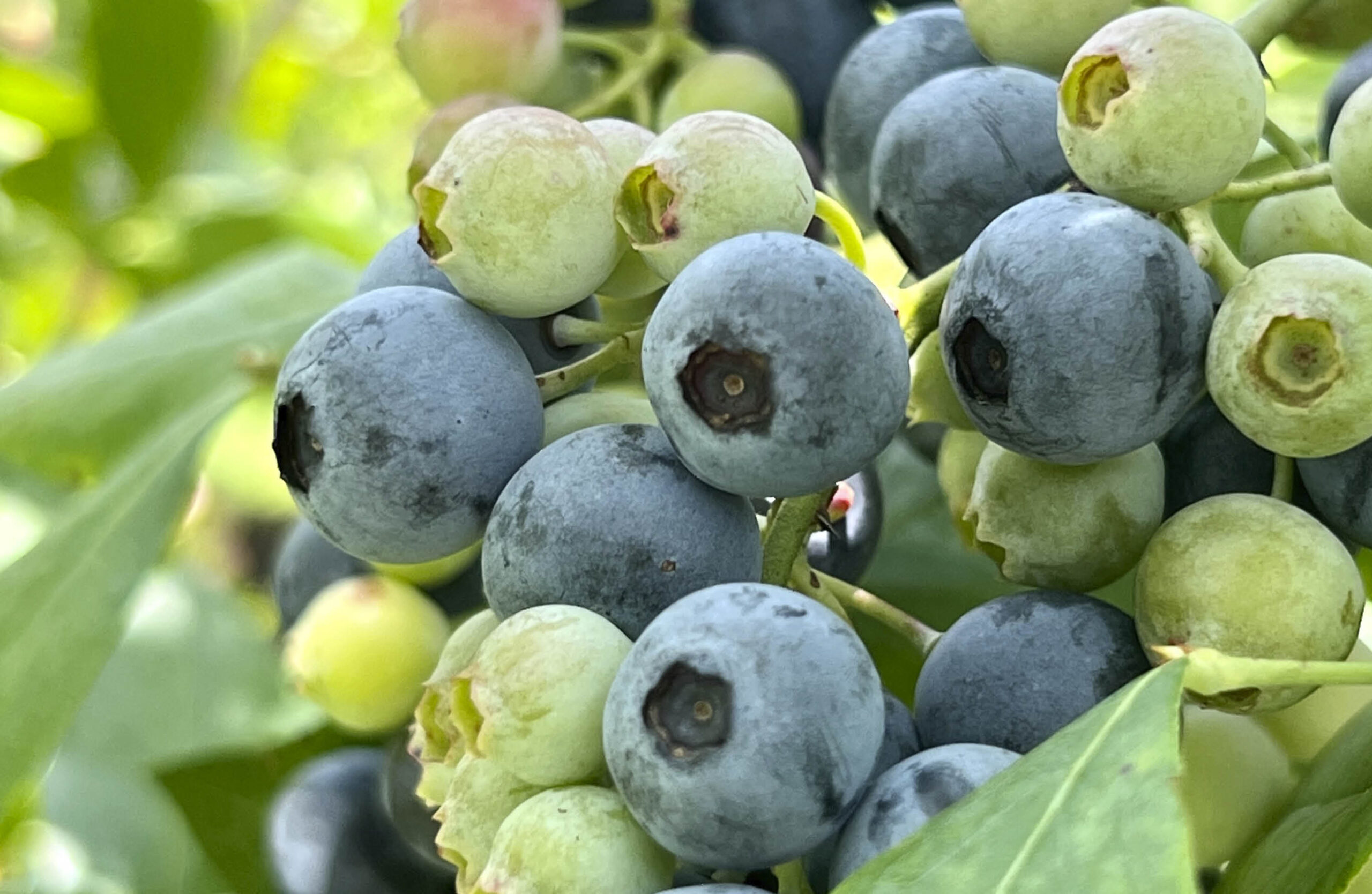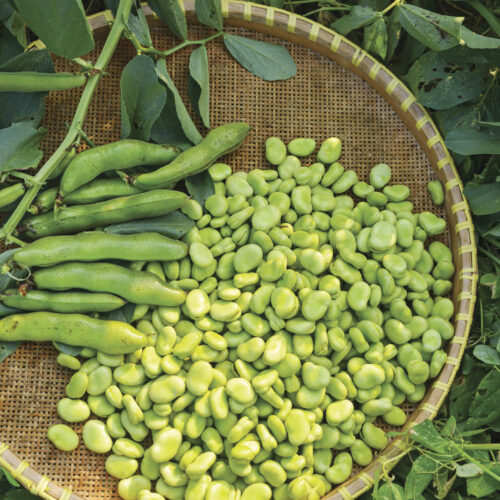Growing blueberries in backyards
2021-08-04T03:42:08+10:00
Given that blueberries are expensive to buy and don’t last long fresh, it makes sense to grow them yourself. These practical tips will help you do just that, and in your own backyard.
With a history of cultivation in Australia dating back just 50 years, blueberries are one of our most recent agricultural arrivals – but they have quickly became a favourite. And for good reason: not only are they amongst the sweetest of berries, but they also contain high levels of antioxidants, making them as nutritious as they are delicious. Today, they’re cultivated commercially as far north as Atherton, Queensland, and in every state except the Northern Territory and ACT. Given they are expensive to buy and don’t last long fresh, it makes sense to grow them yourself.
Moisture and drainage
Blueberries need seemingly contradictory conditions of constantly moist, well-drained soil. I’ve been told they prefer sandy loams and won’t grow in clay but mine prove otherwise – they happily grow in clay as long as it has been improved, and planting sites are raised. For clay soils it’s vital to fork through 1.5kg of gypsum/sqm, plus a bag of potting mix at each one metre diameter planting site.
Traditional soil preparation also includes incorporating large quantities of peat moss, which is acidic in reaction. Unfortunately, peat moss is often unsustainably mined from rare wetlands. Coconut coir also has travel-mile issues but, in my opinion, is preferable and it works for my blueberries. Soak/expand two bricks of compressed coarse coir to fill a wheelbarrow, and dig it into each planting site. These materials raise planting areas to improve drainage.
Blueberry roots must never dry out. Coir helps, as does thick mulch, but watering systems with timers are invaluable in dry summers. Bushes are shallow-rooted, so frequent regular watering is preferable to infrequent deep soaks. Frequency varies with climate and soil type but, in the height of a South Australian summer, adjustable micro shrubblers (close to ground level so as not to wet foliage) every two-three days for 15 minutes work for my plants. They also do well in wicking beds.
Keys to success
- Choose full sun in all but the hottest regions.
- Provide acidic soil – use rain water and/or apply sulphur, or grow in pots.
- Ensure good drainage – raise beds or planting sites.
- Apply thick mulch – try oak leaves or pine needles.
- Water regularly using low shrubblers or drippers.
- Feed with organic pelletised balanced fertiliser for acid lovers, or well-rotted manure and sulphate of potash.
Helen has more tips and a rundown of the best varieties to grow in your backyard in her full article, which is in our August/September 2021 issue (OG 127).







